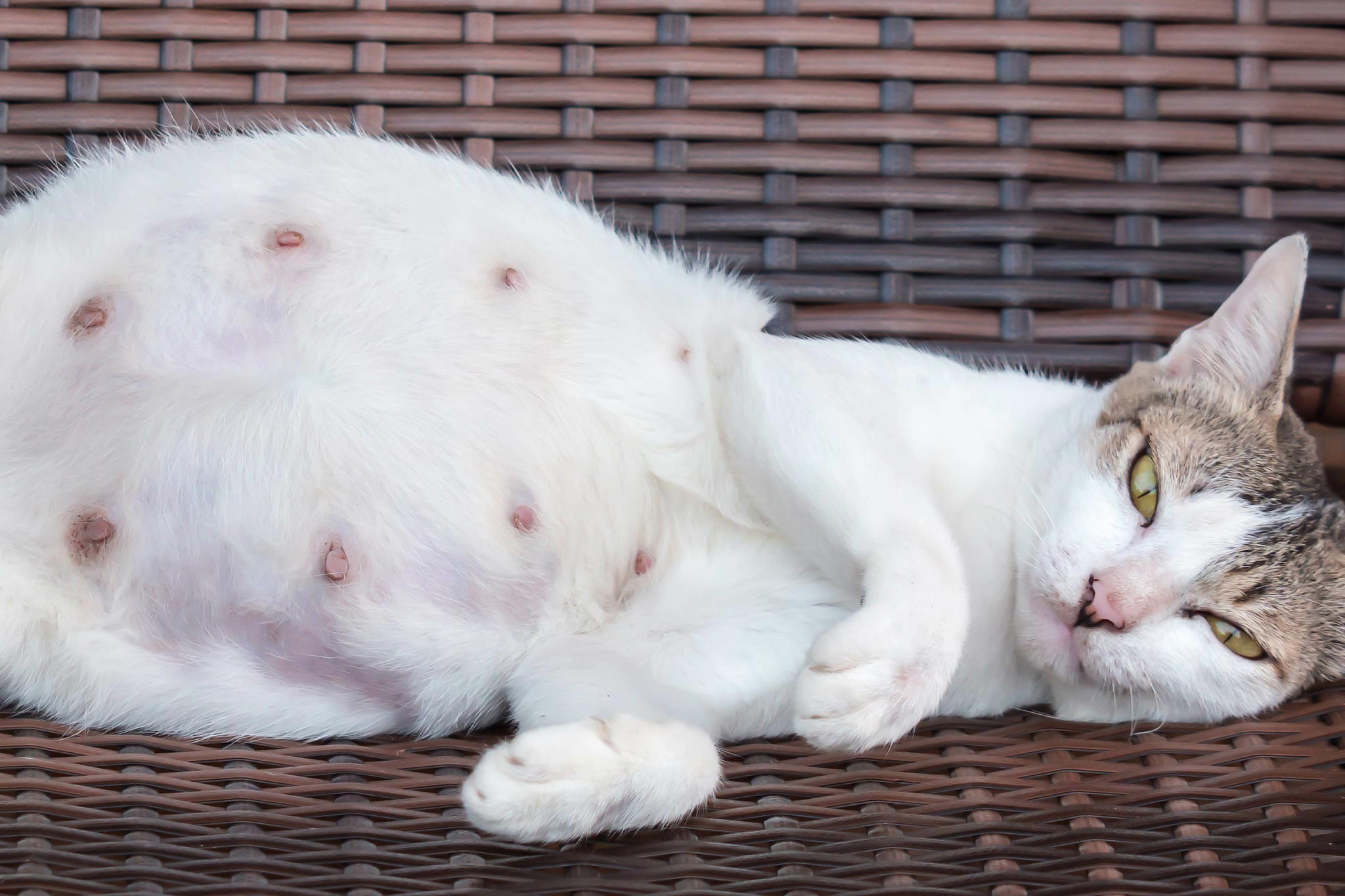Insights Hub
Your go-to source for the latest news and information.
Whisker Whispers: Decoding Your Cat's Quirky Cues
Unlock the secrets of your feline friend! Discover how to decode their quirky cues and enhance your bond with every whisker whisper.
Understanding Feline Body Language: What Your Cat's Posture Tells You
Understanding feline body language is essential for any cat owner who wishes to strengthen their bond with their pet. Cats communicate their feelings and intentions primarily through their posture and movements. For instance, a cat that approaches you with its tail held high is displaying confidence and friendliness, indicating that they are happy to see you. Conversely, if a cat's tail is puffed up, it may indicate fear or aggression, suggesting that it feels threatened. Recognizing these subtle cues can significantly enhance your understanding of your cat's emotional state.
In addition to tail position, a cat's body posture can reveal a great deal about its overall mood. Relaxed cats often lie down with their paws tucked under their body and their eyes half-closed, signaling contentment and trust. On the other hand, a cat that crouches low to the ground or backs away may be feeling anxious or cornered. Pay attention to their ears as well; forward-facing ears indicate curiosity and interest, while flattened ears point to a cat that feels threatened or irritated. By observing these signals carefully, you can respond appropriately to your feline friend's needs and foster a more harmonious environment.

Why Does My Cat Purr? Unraveling the Mystery Behind Their Rumbling
The soothing sound of a cat's purr can often leave us wondering, why does my cat purr? This intriguing behavior is more than just a sign of contentment; it serves various purposes that can vary from one feline to another. Typically, a cat will purr when they are happy or relaxed, but they may also do so when they are in pain, frightened, or seeking comfort. This multifunctional vocalization starts when they are just kittens, as it helps them communicate with their mother and stimulate her to provide for them. Understanding the different contexts in which purring occurs can help cat owners respond appropriately to their pets' needs.
Interestingly, research suggests that purring may have a therapeutic quality. The frequency of a cat's purr, typically around 25 to 150 Hertz, has been shown to promote healing and reduce stress in both cats and humans. Some experts believe that this unique rumbling may serve as a self-soothing mechanism, allowing cats to calm themselves in times of distress. In summary, while why does my cat purr might seem like a simple question, the answer is layered and complex, encompassing communication, comfort, and even healing.
Is Your Cat Trying to Tell You Something? Decoding Common Meows and Chirps
Cats are mysterious creatures, and their vocalizations often leave us wondering what they're trying to communicate. Each meow, chirp, or purr can convey a different meaning, depending on the context and the individual cat. For instance, a short, high-pitched meow might indicate excitement or a greeting, while a low, drawn-out meow can signal annoyance or a demand for attention. Understanding these subtle differences can enhance our bond with our feline friends and help us cater to their needs more effectively.
In addition to meowing, cats often use chirps or trills, especially when they see birds or other prey. This sound is thought to be an expression of excitement or a way to mimic their hunting instincts. If your cat exhibits this behavior frequently, it might be time to provide them with interactive toys or engage them in more playtime. By decoding common meows and chirps, you can better interpret what your cat is trying to tell you and ensure a happier and more fulfilling life for both of you.